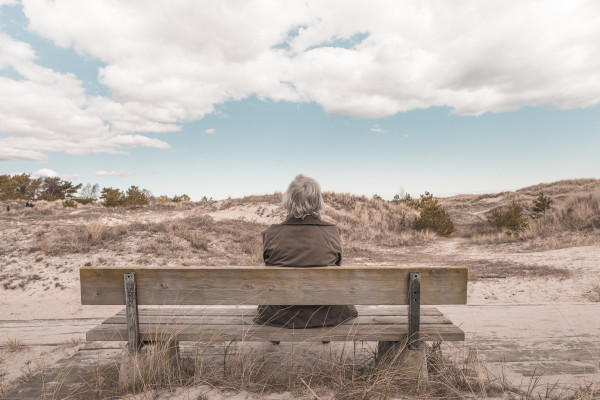

The number of women aged 60 and over taking out-of-work benefits hiked 183 per cent in the past five years, when the increases in the state pension age started to take effect.
According to new data published yesterday (June 20) by the House of Commons Library, there were 226,308 women in the 60+ age bracket claiming jobseeker's allowance, universal credit for out-of-work claimants, and incapacity benefits in November 2018.
This compared with 80,076 women taking these benefits in May 2013.
State pension age has been set at 65 for men since 1925, and was equalised for women in November.
In the briefing paper State Pension age increases for women born in the 1950s, the House of Commons Library officials stated despite these substantial increases, the total caseload for these benefits fell.
The combined jobseeker's allowance/universal credit out-of-work caseload fell by 388,900, or 28 per cent overall, whereas the number of women aged 60+ on these benefits rose by nearly 21,400 (+282 per cent).
The combined working-age incapacity benefits caseload decreased by nearly 225,700, or 9 per cent overall, whereas the number of women aged 60+ on these benefits rose by nearly 125,400 (+174 per cent).
The paper stated there was no certainty on how much of this increase was a direct result of state pension age changes.
However, the difference between the percentage change in the number of men aged 60+ and women aged 60+ claiming either jobseeker's allowance or universal credit for out-of-work at a time when the number of claimants in other age groups has been falling, suggests "state pension age changes are likely to have played some part in this increase," it added.
Tom Selby, senior analyst at AJ Bell, believes there is a connection between the two aspects.
He said: "I can’t think of any other major reforms that would have caused that trend during those time periods.
"It is probably about what you’d expect – if there are 2.6m women affected by the increase in state pension age, then a 140,000 (roughly) increase in the number claiming benefits feels about right."
Mr Selby noted this was an inevitable consequence of introducing a flat increase in state pension age cutting across all income groups in society.
He added: "While some will be able to ride it out either by using existing savings or working a bit longer, for those struggling to make ends meet moving the state pension goalposts presents a serious challenge."
Plans to increase the state pension age were first announced in the Pension Act 1995 but these changes were accelerated as part of the Pension Act 2011.
Campaign groups The Women Against State Pension Inequality and Backto60 have claimed these changes were implemented unfairly, with little or no personal notice.
The groups, which are calling for compensation for those affected, have also claimed that changes were implemented faster than promised with the 2011 Pension Act and left women with no time to make alternative plans, leading to devastating consequences.
However, the government has stated that reversing the hike in women's state pension age back to 60 would cost the public purse more than £180bn.
maria.espadinha@ft.com
What do you think about the issues raised by this story? Email us on fa.letters@ft.com to let us know.



